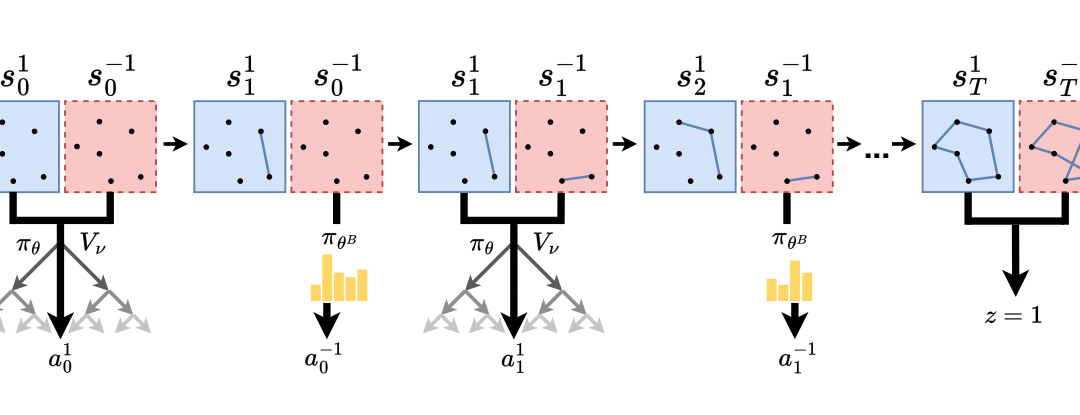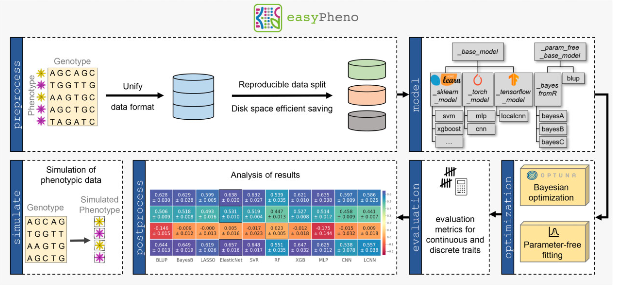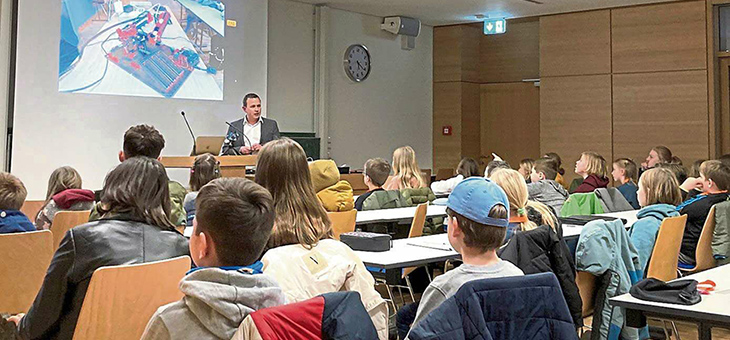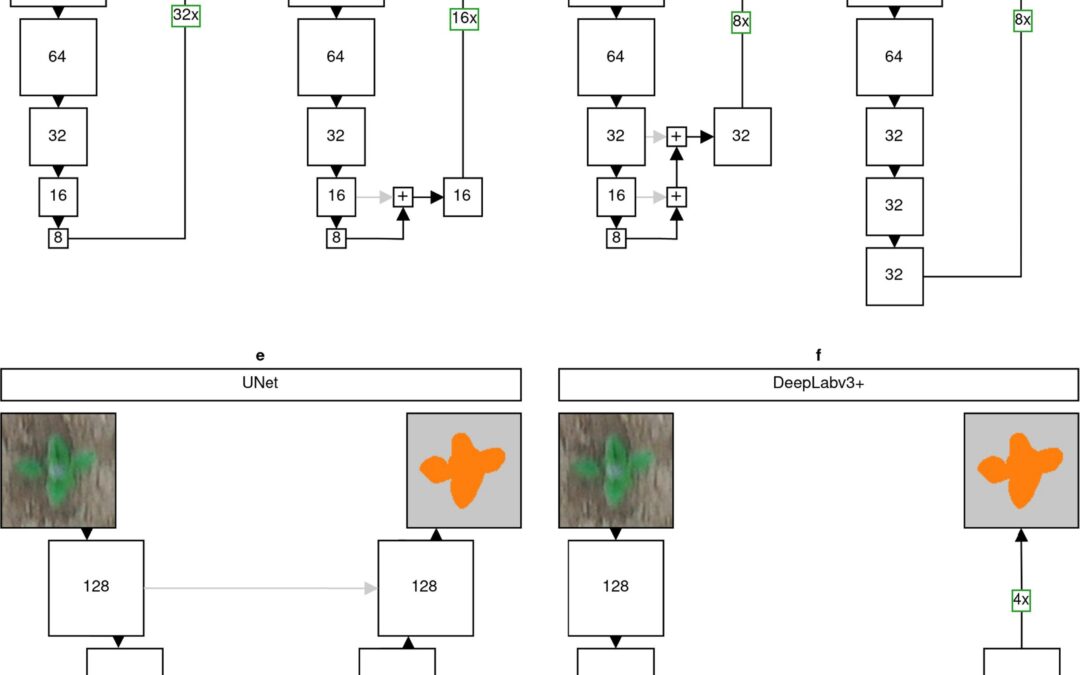
First EIC Transition Funding for TUM
We are delighted to have received funding from the European Innovation Council (EIC) as part of the EIC Transition programme to work with colleagues at the Technical University of Munich (TUM) to develop a new technology that will make it quicker, easier and more accurate to apply fertiliser in the field. Using a combination of biosensor test strips and satellite-based remote sensing data, the Technical University of Munich (TUM) is developing a method to determine the nutritional status of cereals and the perfect amount of fertiliser to apply. The automatic provision of digital analysis data to the tractor terminal should save time and prevent over-fertilisation in the future. The Straubing Campus for Sustainability plays a leading role within the TUM in the development of environmentally friendly technologies. The GrimmLab will be responsible for the development of the machine learning related parts for fertilizer recommendations.





